Archaeologists Digging Into the Here and Now
In the summer of 2008, Bill Caraher, a historian and survey archaeologist at the University of North Dakota, was busy mapping the foundation walls of what appeared to be ancient living quarters on the southern coast of Cyprus. While no textual records of the site exist, Caraher speculated that he was looking at a short-term mercenary camp — perhaps one hastily built for Ptolemaic soldiers temporarily stationed on the eastern Mediterranean island sometime in the third or fourth century B.C.
His friend and colleague, Bret Weber, a professor of social work at UND, had joined him on the excavation, nominally as a cook, but also to lend a hand in the field. As the two men did the tedious work of gathering GPS coordinates, their conversation drifted to the situation back home. The dawn of North Dakota’s oil boom, which centered on a deep shale rock formation known as the Bakken, was producing a severe housing shortage. Remote areas suddenly had to accommodate armies of itinerant workers, and temporary housing complexes known as “man camps” were sprouting across the prairie.
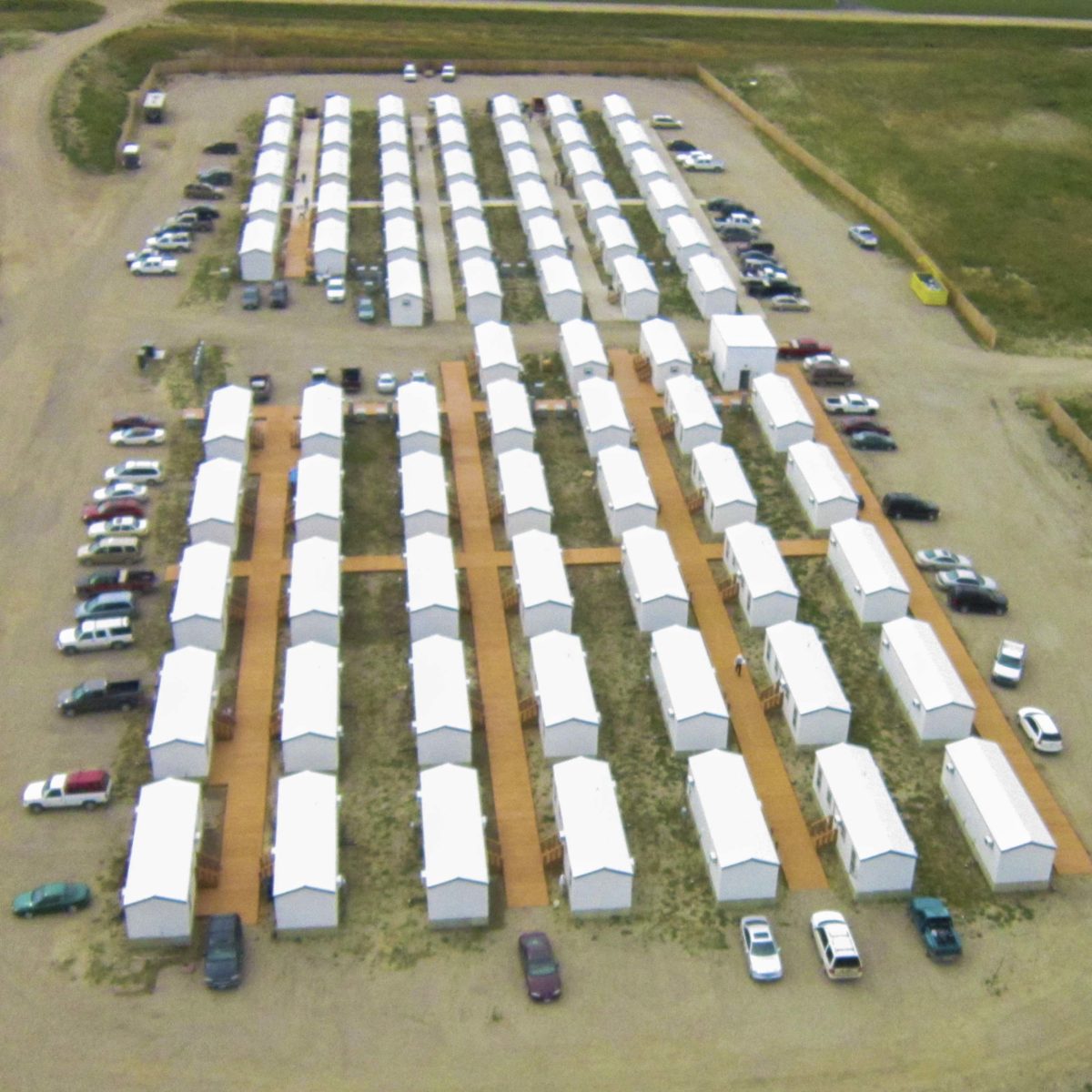
Under Caraher’s classification system, a Type 1 camp is one that’s been set up for oil crews by contractors and logistics companies. The orderly units shown here are outside of Tioga, North Dakota.
Visual: Bill Caraher
Both men say it was at some point during those conversations, as they stood on that high ridge overlooking the blue-green waters of Larnaca Bay, that they recognized a crucial parallel: The contemporary, impromptu man camps of North Dakota were probably not unlike the 2,500-year-old improvised lodgings that now lay under their feet.
Not long afterward, Caraher and Weber founded the North Dakota Man Camp Project — a sort of archaeology of the contemporary — in which they systematically documented the lives of oil workers across the Bakken. With a team of photographers, archaeologists, architectural historians, and other researchers, they studied more than 50 camps. They created an architectural typology of workforce houses. They knocked on RV doors and conducted interviews. They took thousands of photos from the air and on the ground.
“This type of archaeology, for us, was addressing a very practical concern,” Caraher says. “It’s not research for the sake of research.”
As an archaeological study of the living, the man camp project had all the ingredients for irresistible headlines. The word “archaeology,” after all, literally means the study of ancient things. But the notion of using an archaeological approach to understanding and deciphering modern culture has been growing for some time — not least because many field-trained excavators are finding their skills uniquely suited to the endeavor. Dubbed “contemporary archaeology,” the field mixes together bits of anthropology, sociology, ecology, and philosophy, as well as ethnography, media history, and geography, among other disciplines. And it is devoted to the idea that discarded beer cans, shipping pallets, and other mundane, modern artifacts store a wealth of information on patterns of migration, homelessness, and consumerism that archaeologists can help to unlock.
According to Caraher and Weber, for example, few archival resources were available on previous Bakken oil booms, and the two researchers hoped their obsessive documentation of this one would help further understanding of the housing needs of temporary workers.
“In today’s global economy, we have a just-in-time inventory approach to parts and pieces, and now we’ve extended that to workers,” Weber says. “Housing isn’t just somewhere to warehouse people like widgets in a machine. For the local communities, housing is one of the linchpin issues that helps them either benefit from the boom or suffer from the boom.”
Whether those sorts of insights can legitimately be ascribed to an archaeological endeavor remains a matter of semantic debate, but advocates for “archaeology of the contemporary” can already claim a decades-long pedigree.
Arising star of Maya archaeology at the University of Arizona in Tucson, Bill Rathje saw his career turn, quite literally, to garbage, in the early 1970s. While teaching a course on archaeological interpretation, two of his students decided to collect and compare garbage samples from trash cans in rich and poor neighborhoods. The students’ work captured some nascent theoretical concepts that Rathje was already thinking about: Archaeologists reconstruct prehistoric behavioral trends by analyzing trash that’s thousands of years old, so why not use the same methods to look for patterns about modern life?
His Garbage Project was born in 1973.
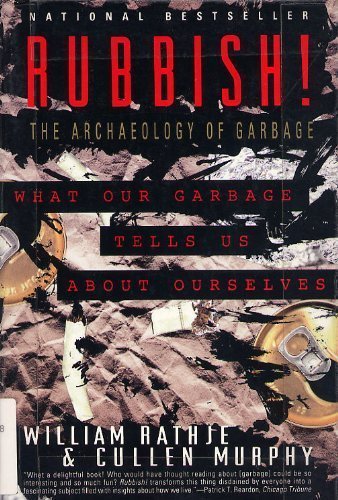
By sorting fresh garbage and excavating landfills in Tucson over several decades, Rathje unearthed counterintuitive patterns in food and consumerism. His insights contributed to a bestselling book.
By sorting fresh garbage and excavating landfills in Tucson over several decades, Rathje unearthed counterintuitive patterns about food and consumerism. He showed, for example, that people wasted more beef during beef shortages. He showed that landfills were actually dominated by paper products like phonebooks and magazines — not vilified waste like diapers and McDonald’s takeout containers. Garbage could even be a proxy for population demographics, and Rathje — who died in 2012 — was ready to help the U.S. Census Bureau fix its perennial undercount of minorities. (The agency never took him up on the offer.)
The Garbage Project demonstrated that archaeology didn’t have to be about the long-dead and buried past — though the idea drew some criticism.
“Archaeologists felt betrayed,” says Michael Schiffer, an archaeologist at the University of Maryland and a former colleague of Rathje at Tucson. “They said, ‘You’re throwing away your training,’ but they never appreciated that our training gives us a unique perspective on human behavior whether it’s yesterday’s garbage or 2-million-year-old hominin remains in East Africa.”
Schiffer, who discusses the Garbage Project and Rathje in his forthcoming book, “Archaeology’s Footprints in the Modern World,” published his own archaeology of American portable radios in 1992. “Seeing the history of everyday objects as the history of the life of a people,” the promotional text for the book read, “[Schiffer] shows how the portable radio has reflected changes in American society as surely as clay pots have for ancient cultures.”
The work gave him some notoriety in the field. “My archaeology colleagues chided me,” he says. “‘Are you going to do waffle irons and toasters next?’”
While the Garbage Project was getting underway, archaeology was experiencing other upheavals — particularly in the United States — that were forcing the discipline to more frequently reckon with the living. Activist groups like the American Indian Movement were disrupting excavations and protesting museum displays of skeletons and sacred objects. Descendant communities began fighting for the respectful treatment of their ancestors’ remains — a movement that eventually led to the Native American Graves Protection and Repatriation Act of 1990.
It was amid this tension that many archaeologists began to believe that they would need to consider an obligation to contemporary communities if their work was going to have any broader relevance. Larry Zimmerman was among those scholars. When he was excavating an astonishing mass grave of more than 400 skeletons at the Crow Creek archaeological site in South Dakota in 1978, Zimmerman negotiated with tribal leaders on the surrounding reservation to set a deadline for the reburial of the remains.
More than two decades later, Zimmerman was head of the Minnesota Historical Society’s archaeology department, a post from which he began investigating the abandoned gardens around a Gilded Age mansion in St. Paul once owned by railroad magnate James J. Hill. By 2003, the overgrown gardens had become an informal refuge for the homeless, and traces of posh 19th-century living were now buried under 30 years of clothing, blankets and bottles.
A more traditional archaeologist might have considered the stuff trash, but Zimmerman cataloged it.
In his excavation report, he documented the debris as signs of “continuous occupation” by a group of people scientists didn’t really understand in terms of material culture.
“Work had been done at shelters, but we found out that no one had really done detailed analysis on homeless camp life,” Zimmerman says. “There was some cultural anthropology and ethnography, some literature on drug use, but almost nothing about the material culture.”
Zimmerman brought that spark of curiosity to the Indiana University-Purdue University Indianapolis, where he began a full-fledged investigation into the archaeology of homelessness with some of his students — something that Rachael Kiddey, then a Ph.D. student at the University of York in England, had also begun exploring.
“It definitely felt as though there was some kind of zeitgeist,” Kiddey says. “There was something going on where the application of archaeology was being recognized as something that could be of social benefit.”
Through previous work as an activist, Kiddey was already familiar with homeless people in her neighborhood in Bristol, and she worked alongside them to document their lives. In one project, she invited homeless people to help dig trenches at a tract of land in Bristol known as Turbo Island — a collaboration that she describes as crucial to artifact interpretation. One man, for example, explained that the small containers unearthed at Turbo Island were not only used for cooking heroin, they came from outside of Bristol. By the same principles that allow archaeologists to trace ancient migrations through the excavation of coins and pottery, the heroin tins provided a view of the migration trends of contemporary homeless drug users.
Indeed, archaeology just might be the best instrument researchers have to study objects and the way people relate to them. And most practitioners of archaeology of the contemporary would argue that their focus on material culture is what sets their burgeoning field apart from other disciplines like cultural anthropology and sociology. But without the distance of time afforded in traditional archaeology, these scholars often have a more complicated relationship with their subjects.
“For some people, the ruins or the artifacts of the contemporary speak for themselves, and you don’t need to involve local communities at all,” Kiddey says. But she was worried that if she didn’t “populate” her archaeology, her work would become like “ruin porn,” disassociated from the people who were affected by it.
Jason De León, an assistant professor at the University of Michigan, had similar concerns when he started the Undocumented Migration Project in 2009. “I’ve always been uncomfortable with putting the archaeology first, because the people are still around to tell me that I’m full of shit,” says De León.
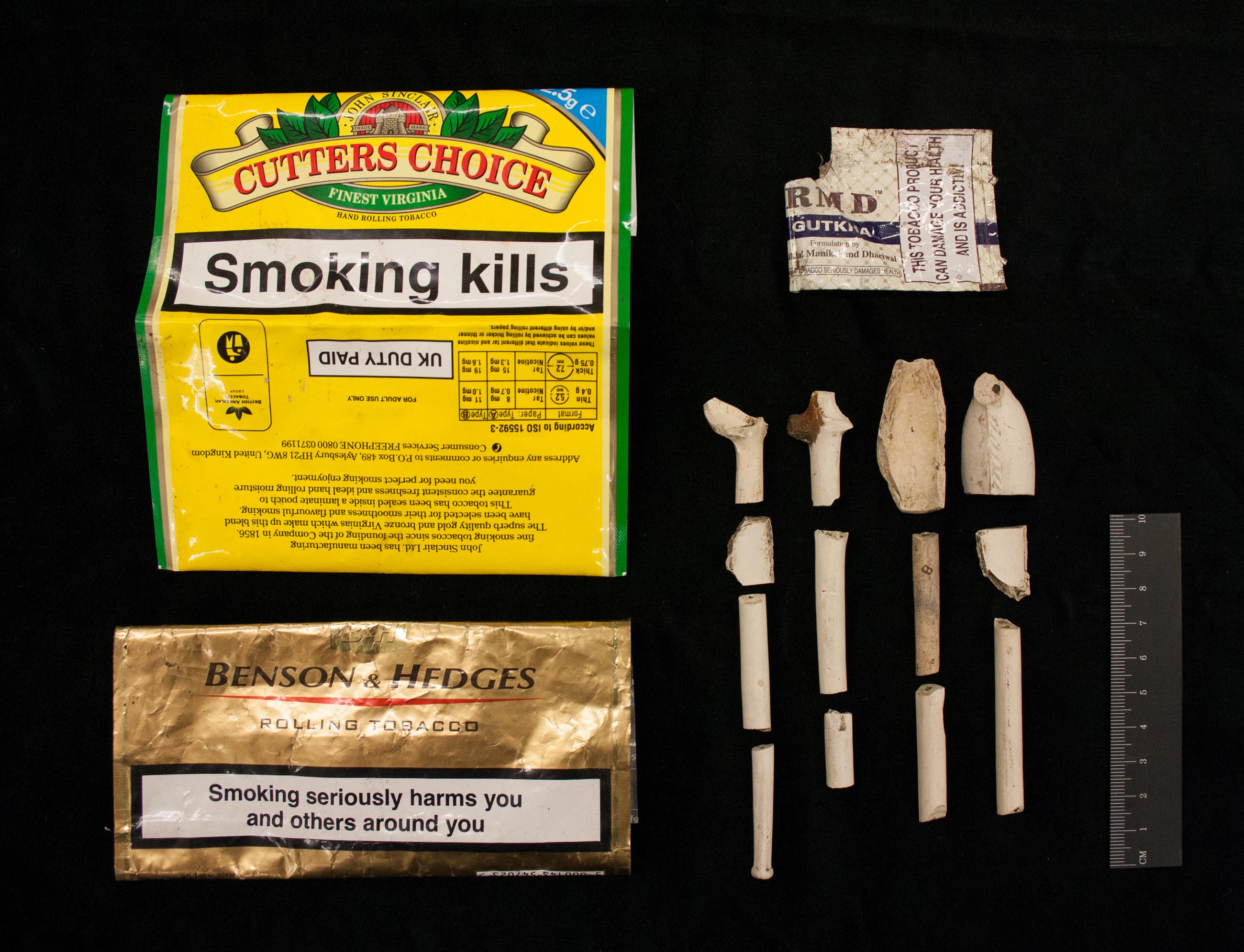
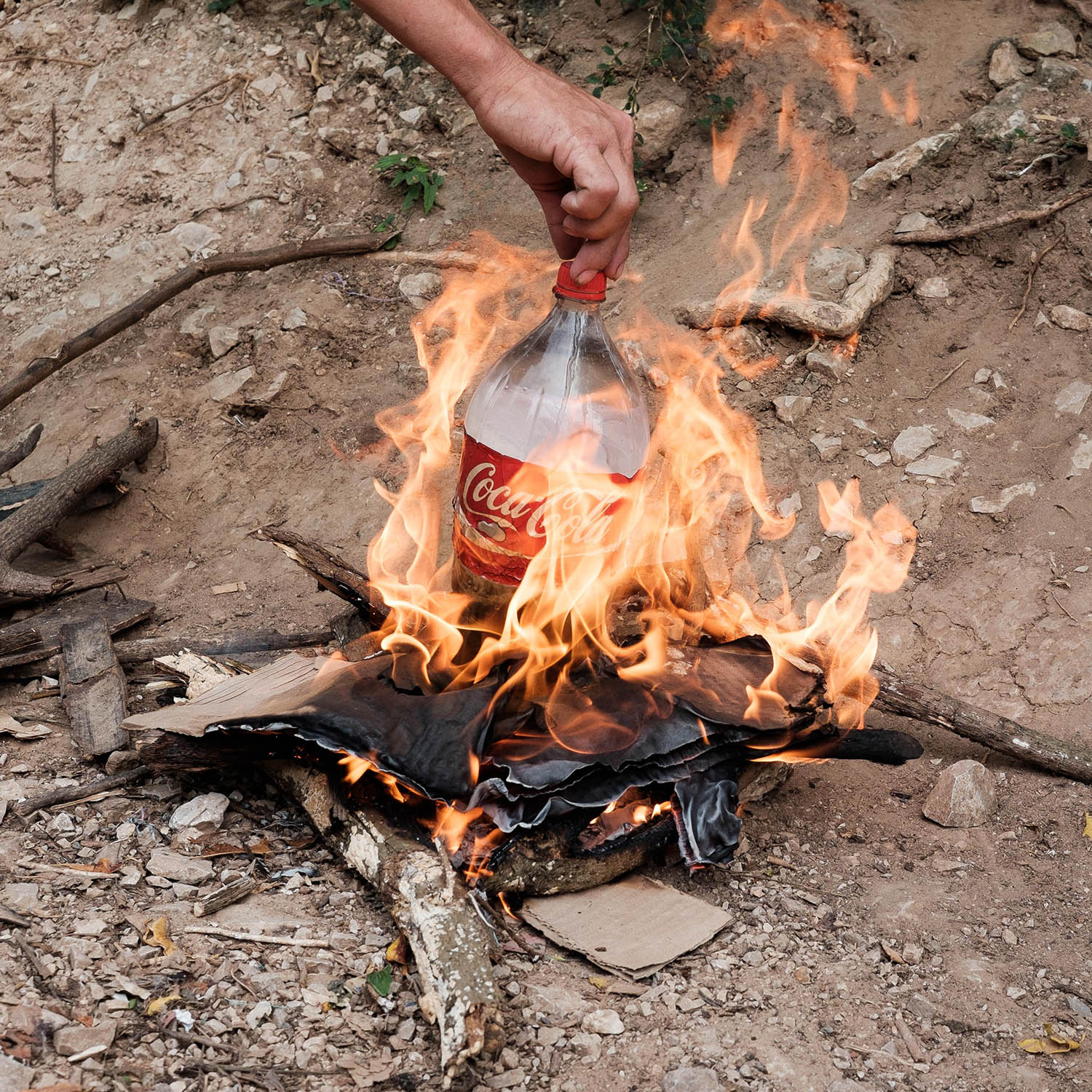
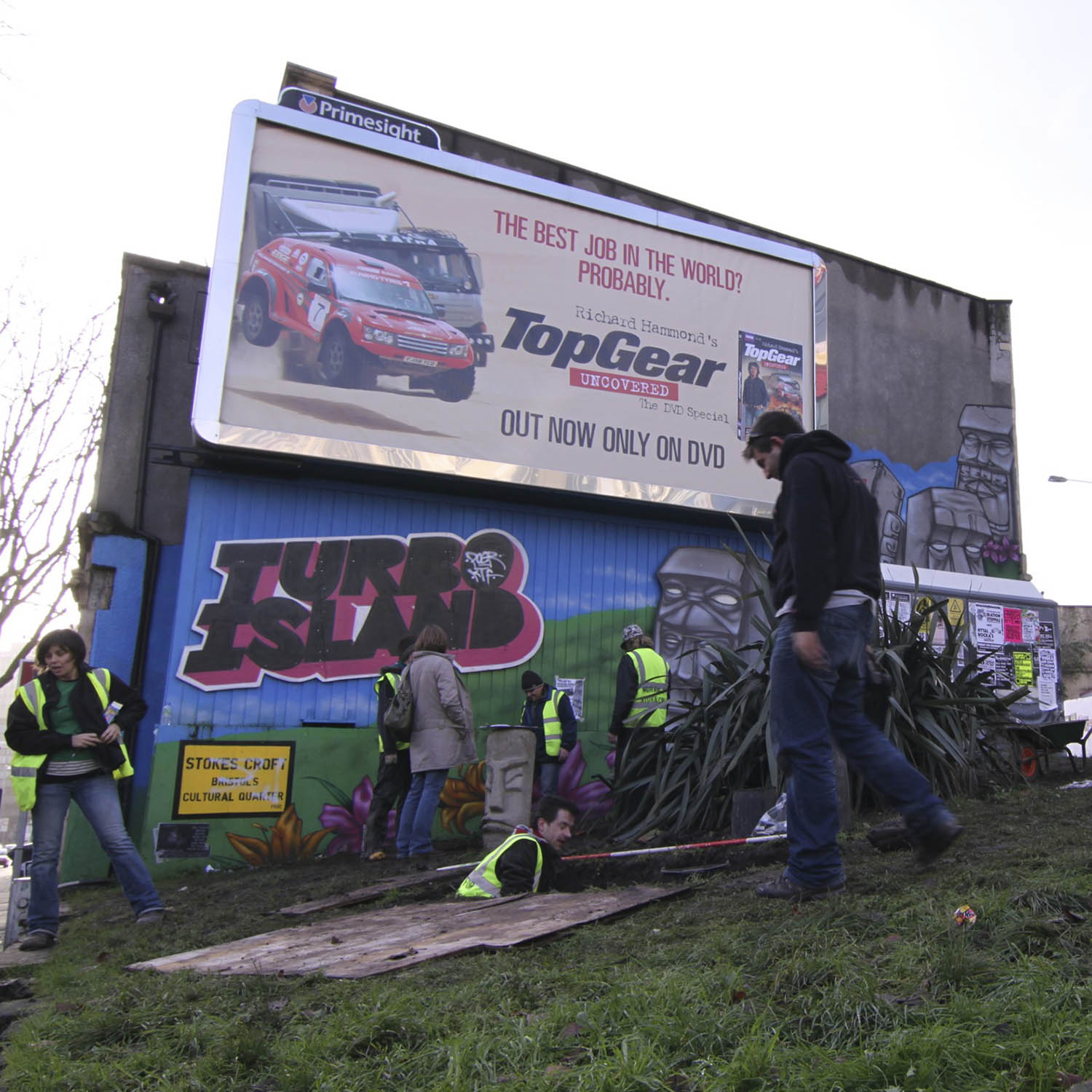

In fact, by the time he was finishing his dissertation on stone tools at Pennsylvania State University a year earlier, De León says he was ready to give up on archaeology. He felt he was contributing to a body of knowledge that would be relevant to no more than a few dozen people — and what interested him most during his field expeditions to Latin America were the migration stories of the excavation workmen themselves.
So he shifted his focus.
With the migration project, De León examined the thousands of items — ripped clothes, empty water bottles, pocket Bibles and family photos — scattered across migrant trails on the U.S.-Mexico border. He interpreted the use-wear patterns on those objects, trying to understand what it felt like to walk in busted sneakers repaired with bra straps and worn through the soles. These days, he doesn’t like to characterize his work as purely archaeology. He expanded his work to involve every tool the greater discipline of anthropology had to offer — including linguistics, forensics and ethnography.
The data he collected over several field seasons is documented in his new book, “The Land of Open Graves,” published last October. In it, De León makes the case that the U.S. Border Patrol’s “prevention through deterrence” policies are not only failing to stem undocumented immigration, they are pushing migrants into harsher landscapes that have become veritable killing fields.
For an academic text, it’s an emotionally gripping read — and one rife with unorthodox approaches to scholarly work. De León graphically describes shooting pigs and dressing them as migrants, for example, to learn how bodies decompose in the desert. He reflects on the intellectual hazards of studying objects found at recently deserted migrant camp sites. “Without the buffer of time, all of those objects become politically charged, and studying them raises a host of ethical questions,” he writes.
Those ethical questions came to a head in July 2012, when De León brought a group of students to the Sonoran Desert in Arizona to walk a trail that he thought had gone cold. The group found the body of a migrant woman, face down in the dirt, on the side of a steep hill. She had been dead for a few days.
Haeden Stewart, a graduate student at the University of Chicago, was one of the students on that trip. “I can still remember the two or three seconds where I just stood there and I had no idea what to do,” Stewart says. “I had no idea how to think about it.”
The grim discovery and its aftermath — the team would later learn that the woman was named Marciela and that she was a mother of three from Cuenca, Ecuador, who was trying to reach New York to work — propels much of the action in De León’s book, but it also shaped the career trajectory for Stewart.
“It really made me realize why this work was important,” says Stewart. “There was no way I was going to slink back and become a traditional archaeologist.”
Archaeologists of the contemporary are energized by the possibility that their data could have some social relevance or tell stories about groups of people who were long ignored by archaeology. But for students like Stewart, there isn’t yet a clear career path, even as the discipline itself has become established enough to have its own Oxford Handbook and its own academic journal. Some say they’ve grown weary of having to explain that what they are doing is, in fact, archaeology, and career frustrations are real.
“I’ve been doing it since 2008, and I have never yet been paid to be a contemporary archaeologist,” says Kiddey, who currently works at a research foundation while she finishes a book on homelessness. “There is an intellectual recognition that archaeology of the contemporary contributes something useful and should be respected, but that, in my experience, hasn’t translated to jobs.”
Other scholars only dabble in the field. Caraher, for example, is still primarily a historian and survey archaeologist of the ancient Eastern Mediterranean, though he is involved in the Man Camp Project and other unusual endeavors — including an Atari graveyard dig.
De León is working on migration full time, but his nuanced approach makes him hard to categorize. He’s nominally a professor of socio-cultural anthropology, but despite his formal training as a field archaeologist, and the novel incorporation of archaeological methods into his research, he has no administrative or bureaucratic connection with the archaeology department at his university. “One of the most frustrating things for me is the fact that we teach undergraduates that anthropology is this holistic, four-field discipline” — encompassing socio-cultural, linguistic and forensic anthropology, as well as archaeology — “where everything should work together really nicely, and then we don’t do it in practice,” De León says. “When folks try to do it in practice, there’s so much interdisciplinary gatekeeping.”
Indeed, 40 years after Rathje’s pioneering work on garbage, it’s still not clear where exactly archaeology of the contemporary belongs. Historical archaeology? Public archaeology? Heritage studies? Cultural resource management? Material culture studies? That’s still very much fodder for discussion — but it’s an active discussion just the same.
“We are not looking at a fully formed field yet, but we are looking at a trend that couldn’t be livelier,” said Mark Leone, an archaeologist at the University of Maryland, College Park. “This is where much of archaeology is going, and much of archaeology has got to go here in order to not be irrelevant.”
That’s something that Caraher, Weber, and The Man Camp Project team have already come to understand well. When they began working on a collection of papers called “The Bakken Goes Boom: Oil and the Changing Geographies of Western North Dakota” in 2013, a barrel of North Dakota crude was still selling for more than $90. Prices today are roughly half that, and many of the man camps have since been abandoned, leaving behind fields of empty trailers with rotting food and chirping smoke detectors.
“Our hope is that we will have data that will help communities make better decisions going forward,” Caraher says, “when the next boom comes.”
Megan Gannon is a New York-based freelance writer. Her work has appeared in a variety of publication, including Scientific American, The Washington Post, Atlas Obscura, and Mental Floss.










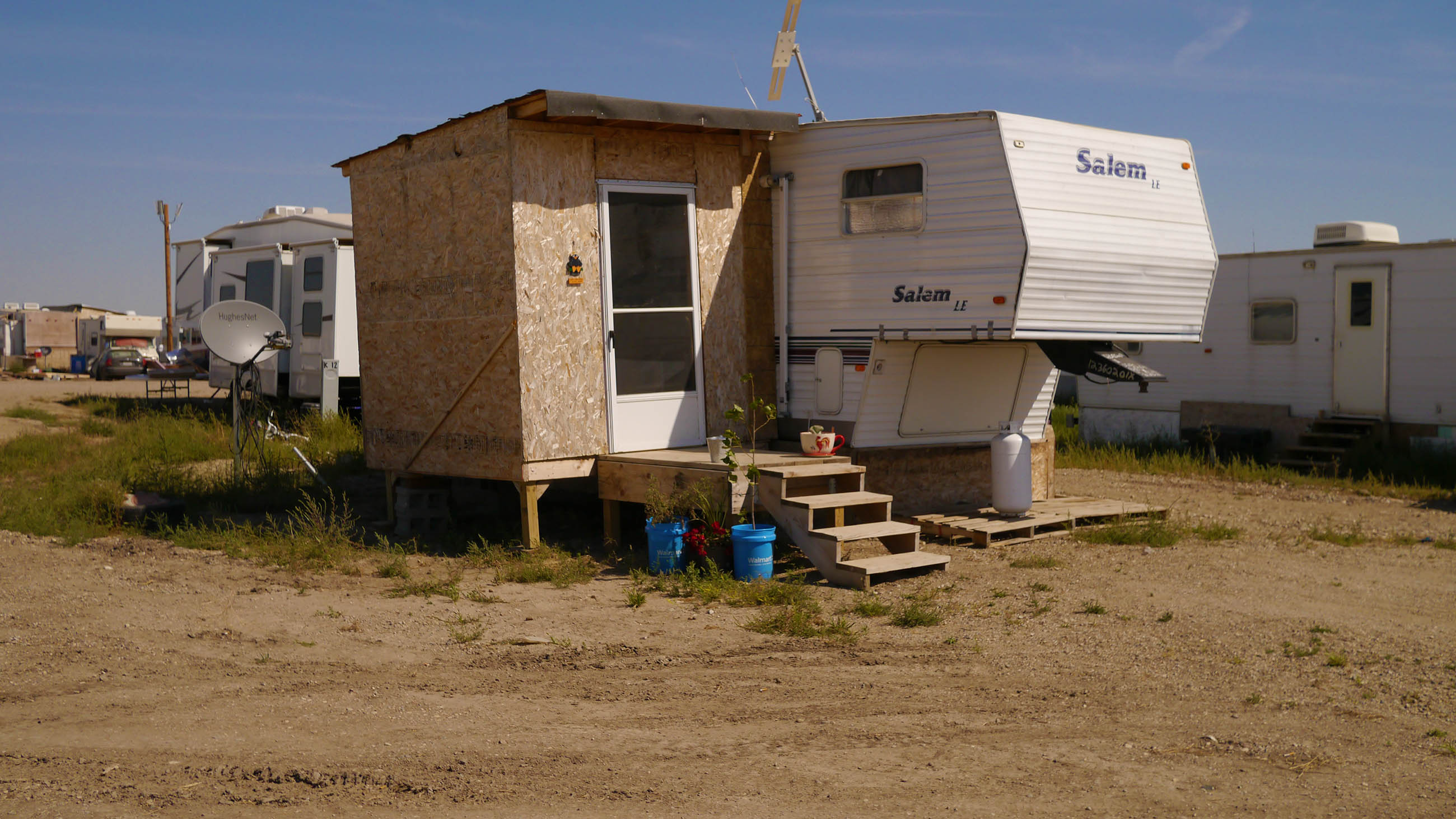
Comments are automatically closed one year after article publication. Archived comments are below.
This is really a great paper! I’ve read it months ago, and will now reread it and use it a a base for a small lecture to some students (with reference to the original of course!). And thanks also for a great perspective on the ‘outsider-science’ perspective on contemporary archaeology. Quite a insight for me.
I am one of the collaborators in the Man Camp Project and I have read almost every coverage of the project in print, radio, web, TV, etc. This is by far the best essay to contextualize the project to a broader intellectual tradition. Congratulations on this wonderful piece. I keep thinking, this could easily be the foundation of syllabus for a new seminar. Thank you.